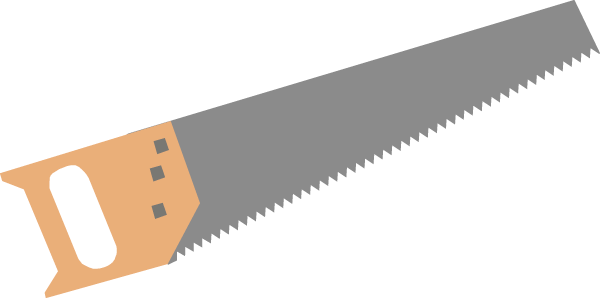Rappelling vs. Lowering Off of a Rock Climb

You get to the top of a route and see that there are steel rings or chains hanging from the two anchor bolts at the top. What do you do? Do you rappel or do you lower? Does it matter?
Yes, it does. I’d say that the majority of climbers I’ve seen in the western US (where I climb) lower off of climbs because it tends to be faster and easier than rappelling, but rappelling is actually better for the chains or rings that the rope goes through. The rings or bottom chain links on a high-traffic climb will wear through faster.
“But aren’t they the same thing? The rope is running through the chains either way, right?” No, they’re not the same. The difference is that when a climber is being lowered, the rope is weighted. When the climber pulls the rope after rappelling, it is not weighted.
Think of it in terms of a saw blade being dragged across a piece of wood. If you don’t put any weight or force behind the saw, it’ll just skit or drag off the surface and maybe scratch it up a bit. It’s when you put the force behind it that it starts to bite through the wood. The weighted saw is like a weighted rope.
So here’s how things should work:
1. A climber leads the route. When she gets to the top of the route, she clips carabiners or quickdraws (or slings with carabiners on them) to the anchor bolts and then clips the rope through both carabiners/quickdraws and gets lowered down to the ground.
2. The climb is then toproped through those carabiners/quickdraws, or someone pulls the rope and leads the route again.
3. The last person to climb the route should attach himself directly to the anchors (again, with slings or quickdraws or PAS-type devices if he’s into that sort of thing), pull up a bunch of rope and clip a bite of that rope to his harness so that he won’t lose the rope completely if he drops it, untie from his end of the rope, thread that end of the rope through the anchor’s rings or lowest chain links, and pull rope through until both ends of the rope touch down on the ground (unclipping the bite clipped to his harness in the process). He should then put himself on rappel, unclip his tether slings, and make a double-rope rappel down the route, cleaning gear or quickdraws as he goes.
4. Once at the bottom of the route, the climber takes himself off rappel, removes the rappel device from the rope, and pulls one side of the rope so that the other end of the rope slides up through the anchors and then falls back down to the ground.
Congratulations! You and your posse have climbed a route and made a minimal contribution to the wear and tear of the route’s anchors!